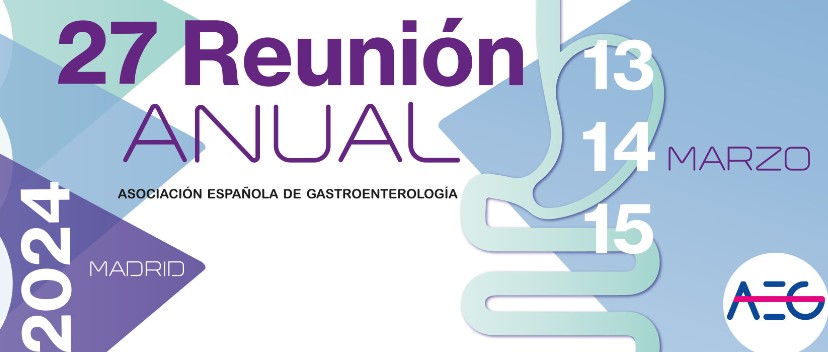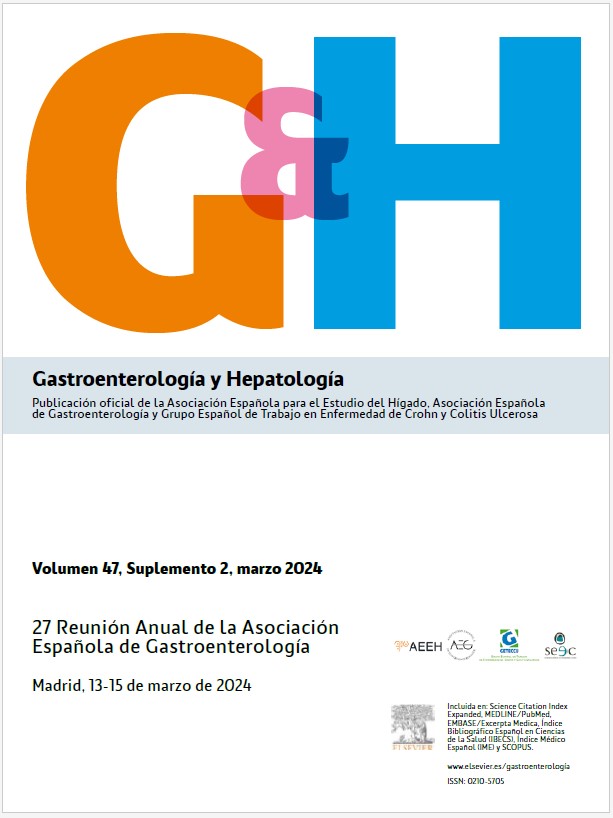EVALUATION OF ARTIFICIAL INTELLIGENCE SYSTEM FOR ADENOMA DETECTION IN LYNCH SYNDROME. A RANDOMIZED, PARALLEL, MULTICENTER, CONTROLLED TRIAL. TIMELY STUDY
1Hospital Clínic, Barcelona. 2Complexo Hospitalario Universitario de Ourense, Instituto de Investigación Biomédica Galicia Sur, CIBERehd, Ourense. 3Complejo Hospitalario de Pontevedra, Department of Gastroenterology, Pontevedra. 4Hospital de la Santa Creu i Sant Pau, Barcelona. 5Althaia, Xarxa Assistencial Universitària de Manresa. 6Hospital Universitario de Móstoles. 7Hospital Galdakao-Usansolo. 8University of Navarra Clinic-IdiSNA, Pamplona. 9Hospital Universitario de Canarias, Tenerife. 10Hospital del Mar. Barcelona. 11Hospital Universitario de Alicante. 12Hospital Álvaro Cunqueiro, Vigo. 13Vita-Salute San Raffaele University. 14Department of Medical and Surgical Sciences, University of Bologna, Italia. 15Humanitas Research Hospital, Milan, Italia. 16University Hospital Leuven, Bélgica. 17National Center for Hereditary Tumor Syndromes (NZET), Bonn, Alemania.
Introduction: Computer-aided artificial intelligence-based polyp detection systems (CADe) have demonstrated to increase lesion detection during colonoscopy in average risk population in several randomized controlled trial and metanalysis although this seems to be mainly due to small and non-advanced lesions. In Lynch syndrome (LS) the main colorectal cancer precursor lesion is the adenoma. Adenomas are usually small with flat morphology and more often display advance histology, even when they are small which makes the detection of these lesions challenging.
Objectives: Aims To compare mean number of adenomas per colonoscopy (APC) between CADe versus white light (WLE) in Lynch syndrome patients.
Methods: An international, prospective, parallel, randomized, multicenter (16 centers and 30 endoscopists) controlled study was conducted to compare CADe Gi genius Medtronic (intervention) with white-light endoscopy (WLE, control) in individuals harboring pathogenic/likely pathogenic MLH1, MSH2, MSH6, or EpCam variants associated with LS. The randomization was 1:1 stratified by center. The procedures, management and resection of lesions was made according to clinical practice and high confidence hyperplastic diminutive recto-sigmoid polyps were left in situ. Histopathology was the gold standard.
Results: After exclusions 414 patients were randomized (204 CADe arm and 210 WLE arm). Baseline characteristics of patients and procedures were well distributed between both groups. Mean age was 48.9 (Standard deviation [SD] 14.3). There were no differences on median of withdrawal time between both groups (13.1 min for CADe vs. 12.6 min for WLE p = 0.32). There were no differences for the main outcome the overall APC between both groups CADe 0.64 (SD 1.59) and WLE 0.64 (SD 1.17) adjusted rate ratio (aRR) = 1.02 (95%CI 0.71-1.44); p = 0.93. Subgroup analysis of adenomas showed no differences on means between both arms for size, morphology (flat versus polypoid) or when comparing proximal versus distal location. No differences were founded on mean serrated lesions per colonoscopy CADe 0.58 (SD 0.94) versus WLE 0.46 (SD 0.95) aRR = 1.34 [0.94-1.93] p = 0.11, but we did find better performance for CADe on 5-9 mm serrated lesions subgroup CADe 0.15 (SD 0.45) versus WLE 0.06 (SD0.24) for aRR = 2.99 [1.42-6.33] p = 0.04. There were no differences on polyp (CADe 58.3 vs. WLE 50.0% [RR 0.80 0.60- 1.07] p = 0.14), adenoma (CADe 33.3 vs. WLE 37.1% [RR 1.03 CI 0.81-1.30] p = 0.69) or serrated detection rate (CADe 38.7 vs. WLE 26.7% [RR 0.83 CI 0.65- 1.05] p = 0.12). Finally, we founded an increase on false positives based on histopathology on CADe arm CADe 0.23 (0.7) versus WLE 0.08 (0.31) aRR 2.79 (95%CI 1.35-5.00) p = 0.04.
Conclusions: CADe did not improve the detection of adenomas in Lynch syndrome when compared to WLE standard colonoscopy.









